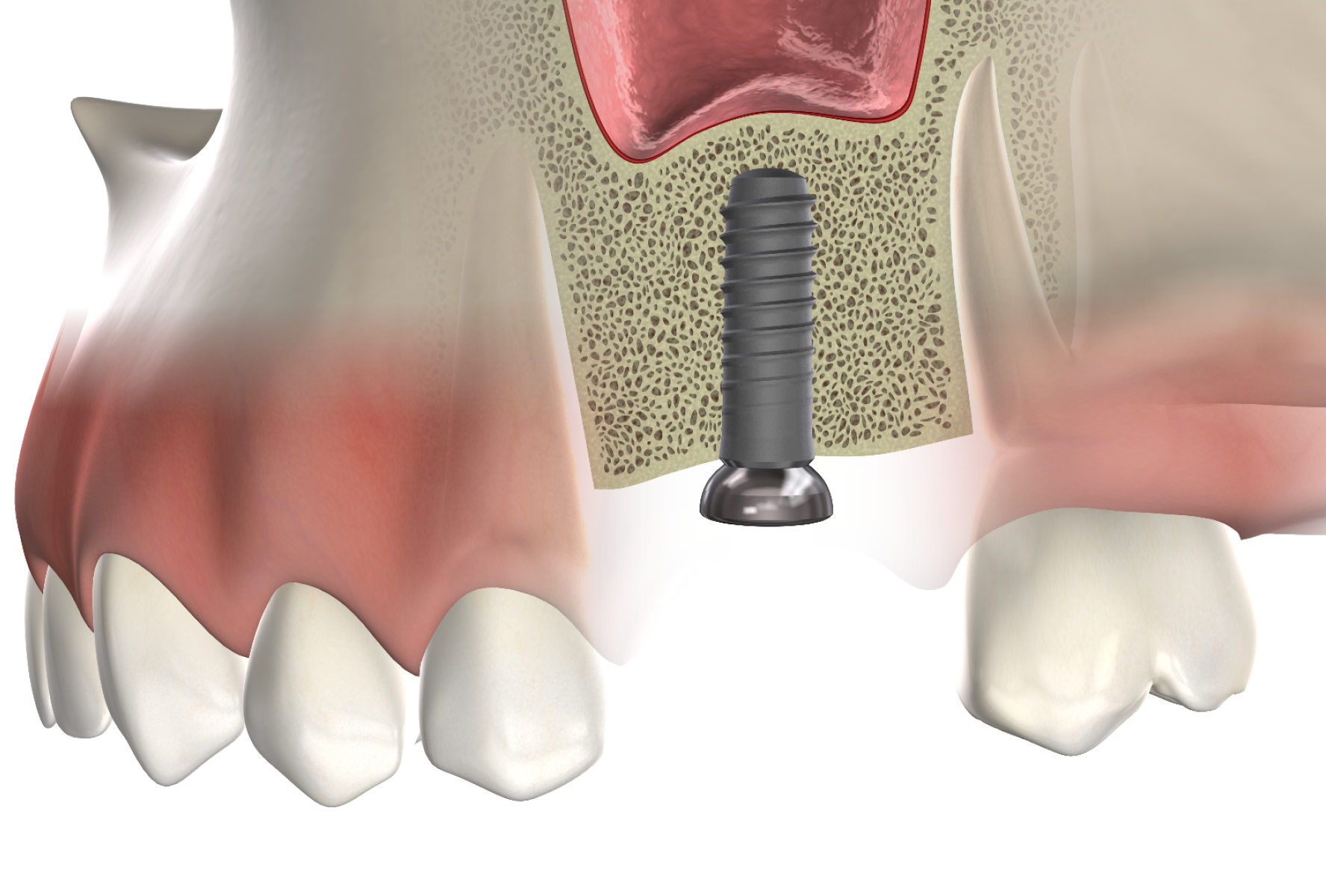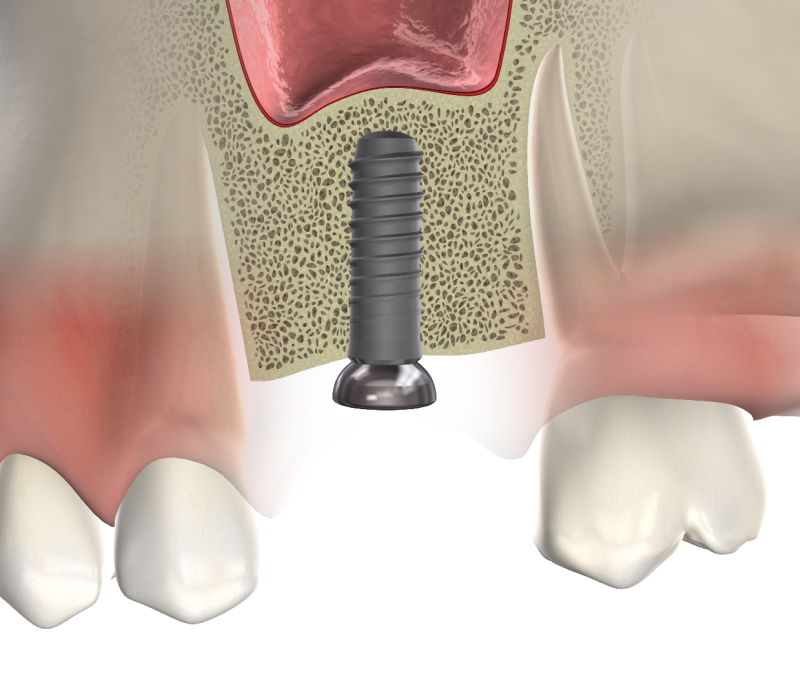Bone Grafting Promotes Bone Growth in a Desired Area
Bone grafting is a procedure that promotes new bone growth to add width or height to a desired area. In oral surgery, bone grafting may be required before undergoing an additional procedure, such as dental implant placement.
Most bone deficits can be successfully treated with grafting. Bone grafting may use bone from the patient’s own jaw or from a tissue bank. There are several types of grafting procedures available depending on what type of bone restoration is needed. Michigan Oral Surgeons specializes in implant-supported tooth restorations and their associated procedures, such as bone grafting.
Socket Preservation
When a tooth is removed, bone loss occurs in that area. Socket preservation prevents bone loss from happening at the tooth extraction site. The procedure involves filling the socket with bone granules immediately after the tooth is removed. This bone is usually from a tissue bank and is completely replaced by your own bone in about 4 months.
Having the right amount of bone to support a dental implant is essential to the implant’s success. Socket preservation may be recommended if you intend to have an implant replace a tooth about to have extracted.
Sinus Grafting
The area that separates the maxillary sinus from the upper jaw is usually thin. To provide enough bone to support implants, a sinus graft (also called a sinus lift) may be recommended. This graft lifts up the sinus membrane by adding bone to this thin area. In some cases, a dental implant may be placed at the same time as a sinus graft.
A sinus lift is a common procedure and can be performed either under local anesthesia or intravenous sedation to enable implant placement in the upper back jaw region.
Onlay grafting
Unlike the sinus graft that uses granular bone from a tissue bank, this bone may be obtained from the lower jaw of the patient. The bone is then transferred to the site to be reconstructed and secured in place. The donor site heals well and does not weaken or change the shape of the jaw or face.
Large defects may require the collection of bone from more than one area of the jaw or, in situations where there is extensive bone loss, it may be necessary to harvest bone from the hip. Our oral surgeons have the training and experience to perform all types of grafting procedures to facilitate your implant treatment.
Our oral surgeons will complete a thorough oral examination and X-ray evaluation of your gums, teeth, and jaws to determine if you need a bone grafting procedure. Each bone graft option has its own set of benefits and risks, which is why we work closely with our patients to develop a plan to enhance aesthetics and oral function. Your personalized treatment place will also include your selection of anesthesia.
Types of Anesthesia
There are three main types of anesthesia that we use at our practice:
Hear From Patients
We’re Here to Help
Have questions about bone grafting? Want to schedule a consultation? Let us know by giving us a call or contacting us online.





